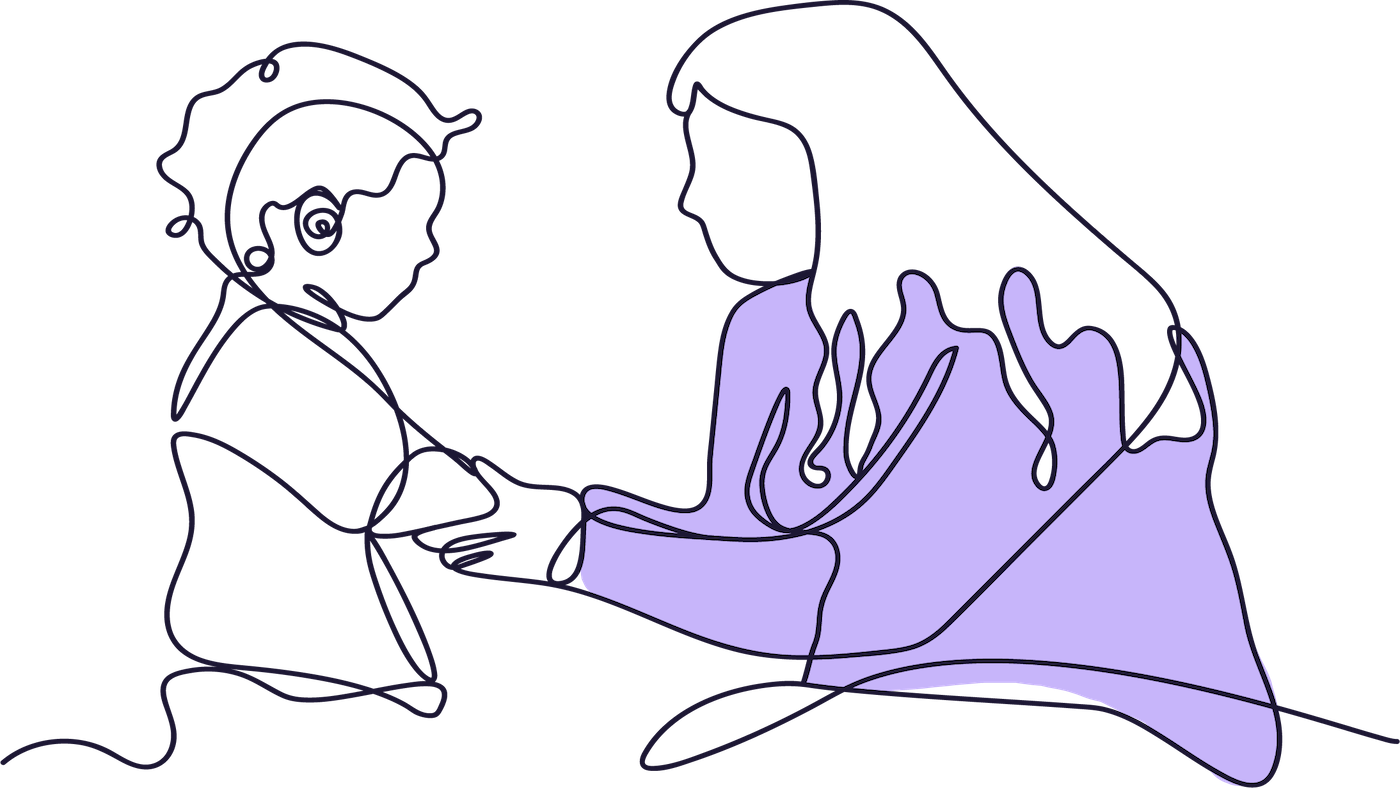Big breaths – blowing bubbles for self-regulation
- toddler QR Code Linked
1 min read

What you need
- Bubble mixture
- Bubble wand
- Time while your toddler is calm and happy
The steps
- Use bubbles to practice blowing using long deep breaths, then try using short quick breaths.
- Show your toddler how to do this, then let them have a go.
- If they struggle to hold a long breath, count to two or three as they blow out to give them a reference point.
- Talk about how the different breaths made you feel and give your toddler time to comment too, if they want to.
- Next time you or your toddler is feeling frustrated or worried, show them how you take s few deep breaths and talk about how they made you feel. You can mention the link to blowing bubbles, to remind them how it felt when they did it before.
Benefits for your child
- Using an item your toddler can see, like bubbles, which reacts to their breath helps your toddler to really focus on the way their breathing affects them and things around them. This awareness of the way taking a breath can change how you feel, or how something else reacts, can set a foundation for your toddler to use when they are feeling big emotions in the future.
- At this stage, your toddler will struggle to remember these techniques when they’re upset or angry, but they might copy you, if you use them during these times.
- Spending time practising when everyone is calm will give them a variety of ideas they can use as they grow, and over time they will be able to rely on mindful actions to help when they are feeling emotional.
Building on
- Light items such as tissue paper or large craft feathers can work for this activity too – see how far you and your toddler can blow them in one breath!